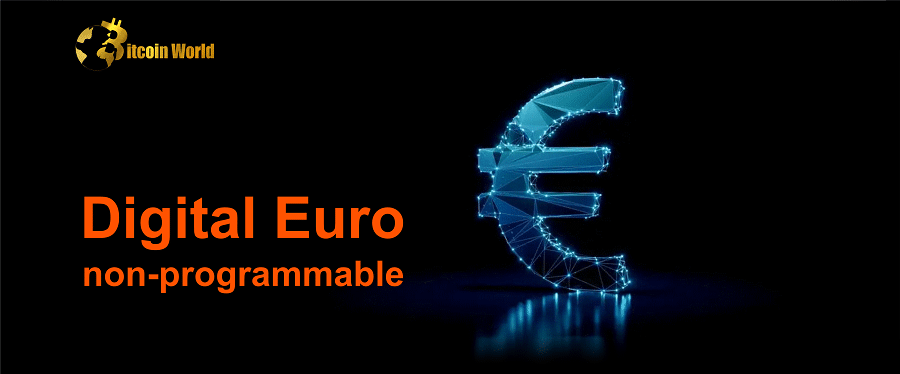The asset must be convertible automatically, but its use cannot be controlled.
The Eurogroup of the European Council stated on January 16 that any future digital euro cannot be programmable and must be immediately convertible to traditional assets.
According to the Eurogroup, the digital euro “cannot be programmed money.”
Though the digital euro must be convertible to the traditional euro at any time, the asset cannot be programmed to prevent holders from spending it on specific goods or at specific periods.
This is likely to be of interest to cryptocurrency developers as they investigate how a digital euro could be combined with DeFi services and exchanges. Though the EU never stated that the digital euro would be built on blockchain, it did indicate that decentralised options, such as distributed ledger technology (DLT), were being considered.
The digital euro will surely be accepted by cryptocurrency developers and their apps. However, because the Eurogroup insists on a lack of programmability, those developers may prefer to stick with blockchain-based stablecoins like Euro Tether (EURT), Stasis Euro (EURS), and Circle’s Euro Coin (EUROC), as well as the blockchains on which they are built, which are highly programmable via smart contracts.
The Eurogroup also distinguished between user-programmed payments (probably periodic payments) and programming that might regulate the asset’s movement in general. The former would be encouraged, but the latter would be discouraged.
The Eurogroup’s reservations about programmability are one of several design points described as “political” in today’s release.
The Eurogroup stated that the features and design of the digital euro necessitate “political decisions that should be considered and taken at the political level.” It was argued that the asset’s design might boost the EU’s geopolitical position by strengthening strategic autonomy and independence due to the importance of payment systems.
The group raised a number of concerns about that goal, which must be balanced. It was remarked that a digital euro should be widely available but should supplement rather than replace currency. It further stated that a digital euro should enable for anti-crime and anti-fraud monitoring while simultaneously providing users with trust and privacy.
It was underlined that holding limitations should be implemented to maintain the EU’s financial stability, as well as a balance between public and private participation. It went on to say that the needs of the EU should be balanced against interoperability with other CBDCs.
The establishment of a digital euro necessitates the involvement of several different EU organisations. According to the Eurogroup, if a digital euro is formed, the European Parliament and the European Council must establish a legal basis for the asset. Furthermore, it stated that the European Commission would be required to develop a legislative proposal.
Though the European Council issued the statement today, the contents are the outcome of deliberations with Eurogroup members – an informal meeting group comprised of eurozone finance ministers.
The digital euro is currently under scrutiny. According to December reports, the EU will decide whether to release a digital euro in the fall of 2023. If the EU decides to proceed, the asset will be issued considerably later.














